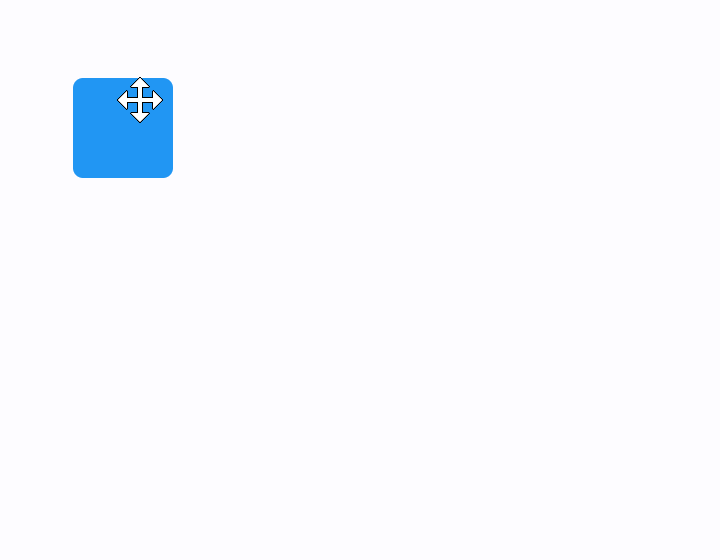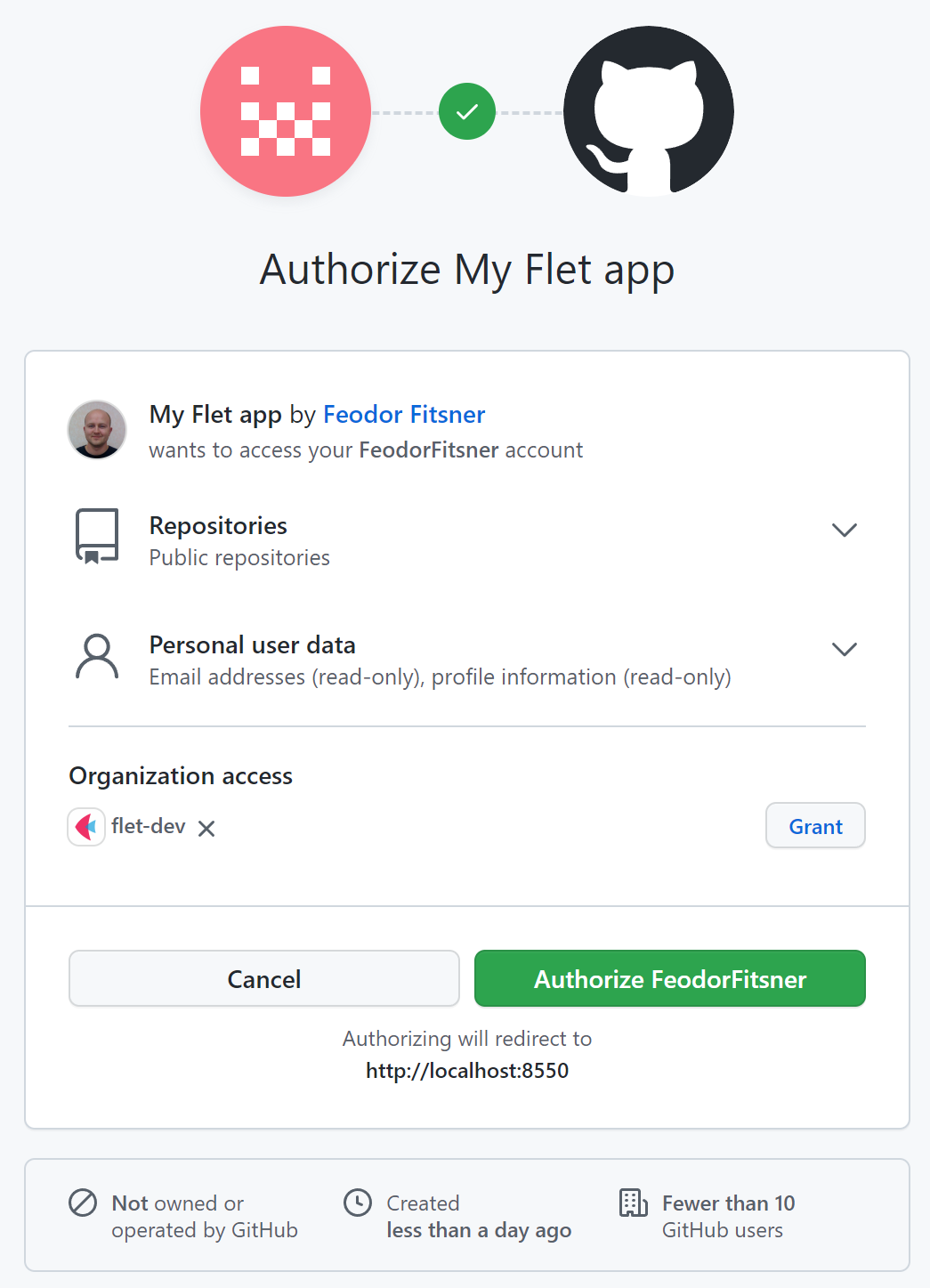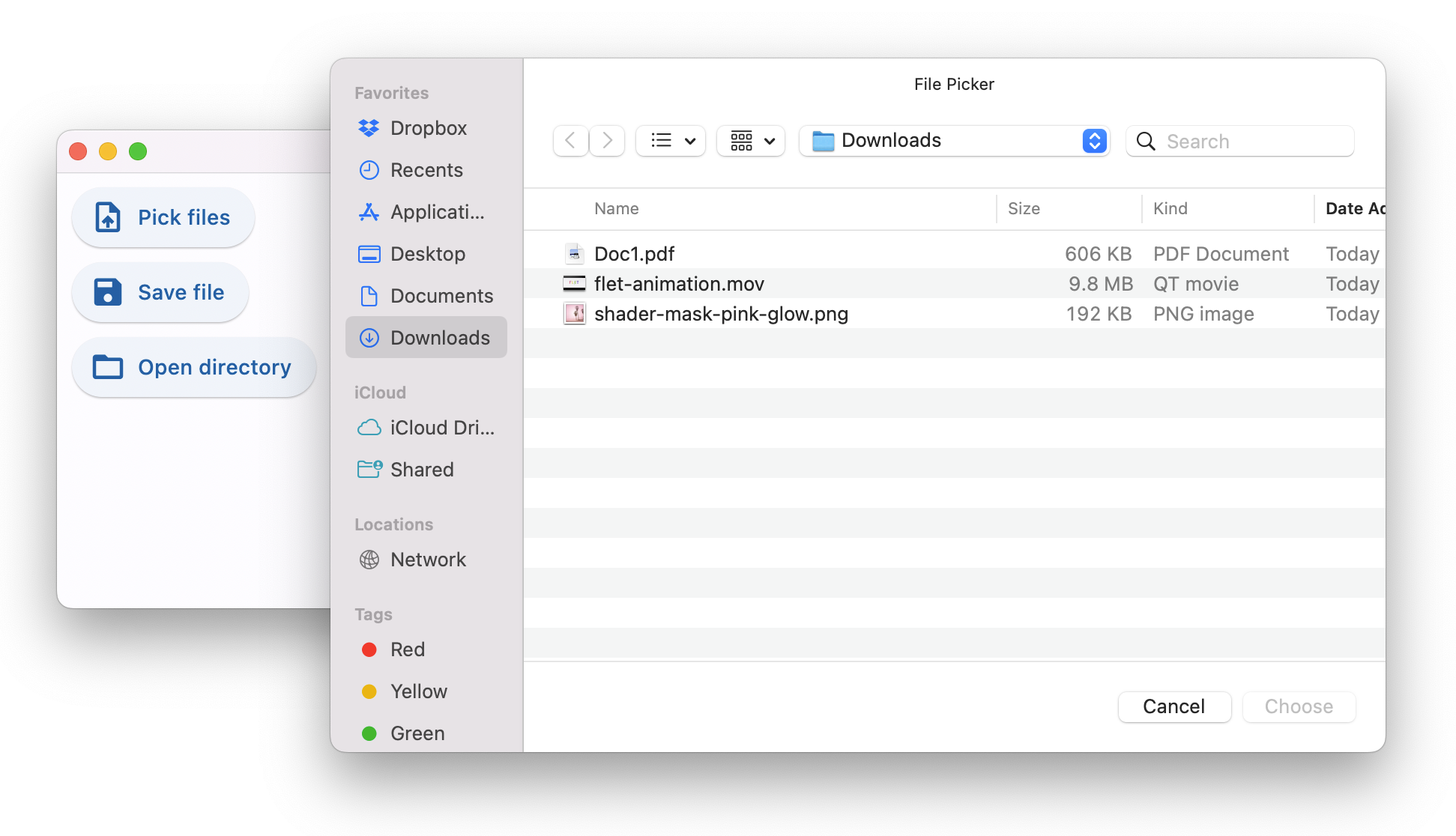Gesture detector
We've just released Flet 0.1.62 with support of gestures processing!
There is a new control - GestureDetector which allows handling all sorts of gestures: single and double taps with a left (primary) and right (secondary) mouse (pointer) buttons, vertical, horizontal and bi-directional drags, zoom (pinch-in and pinch-out) gestures as well as hover events. Now, by wrapping it into GestureDetector, you can make any Flet control "clickable" and "draggable"!
Here is a simple example of an app which allows you to drag containers inside a Stack:


